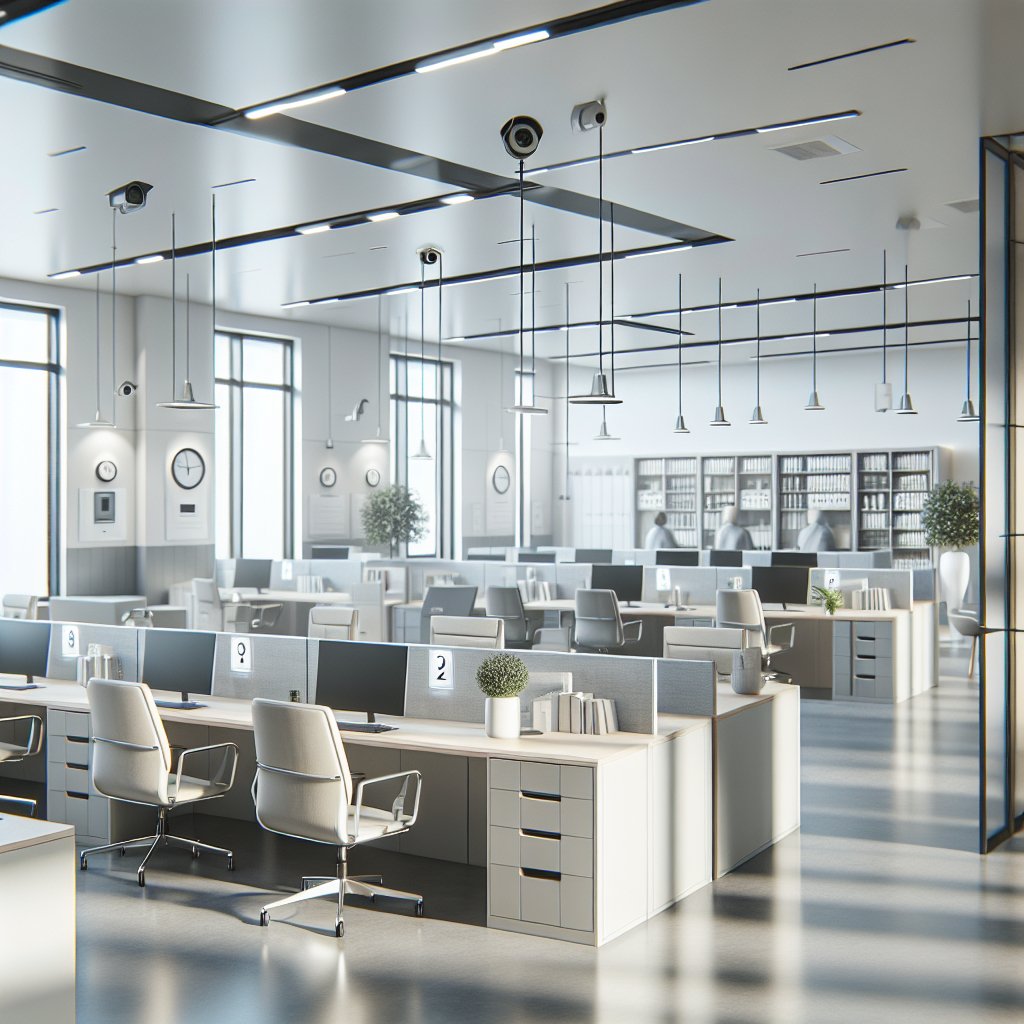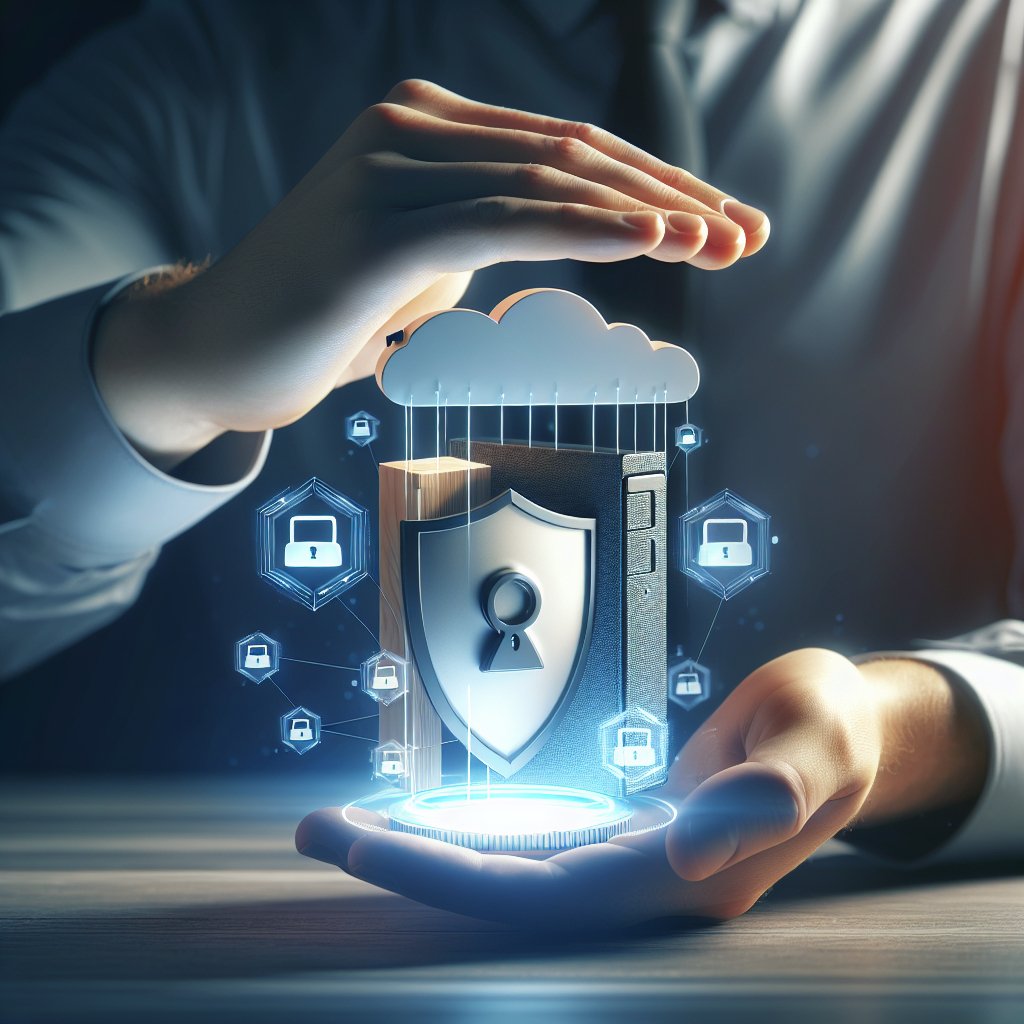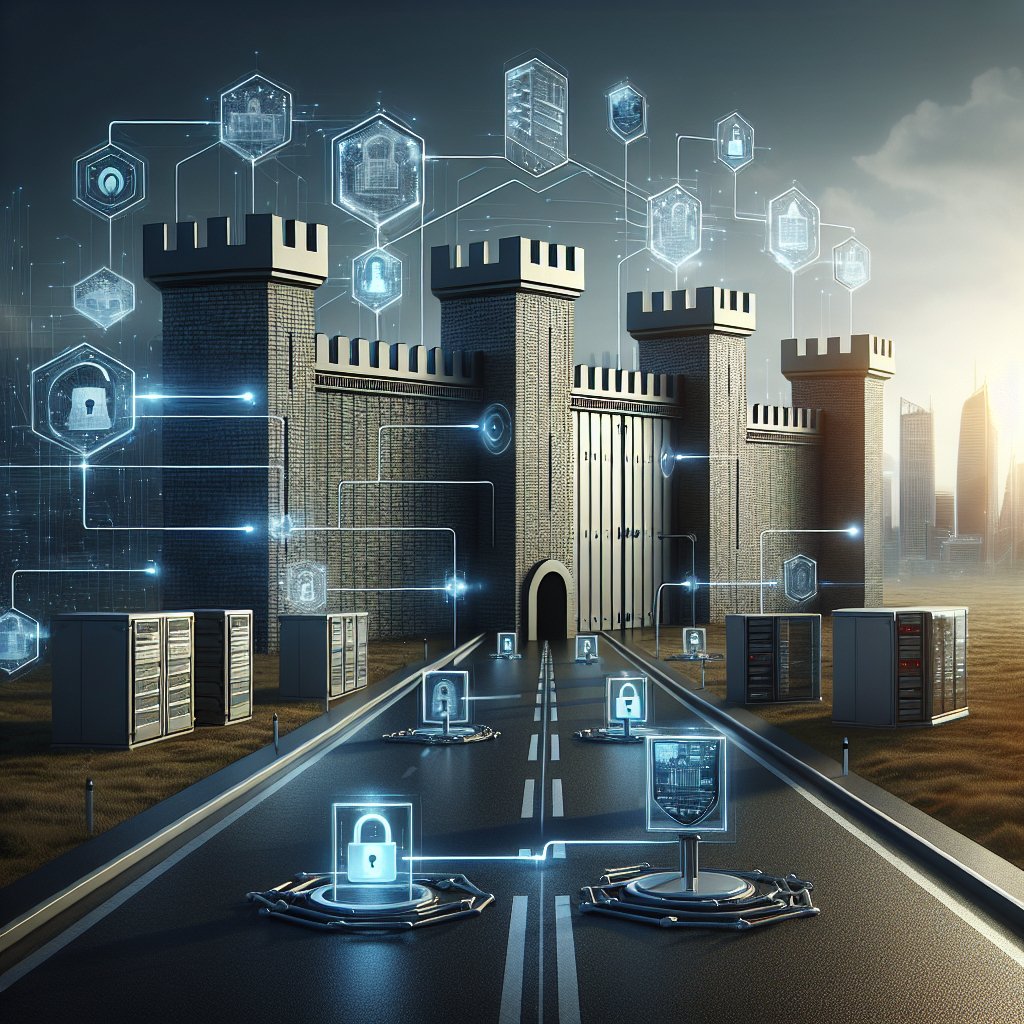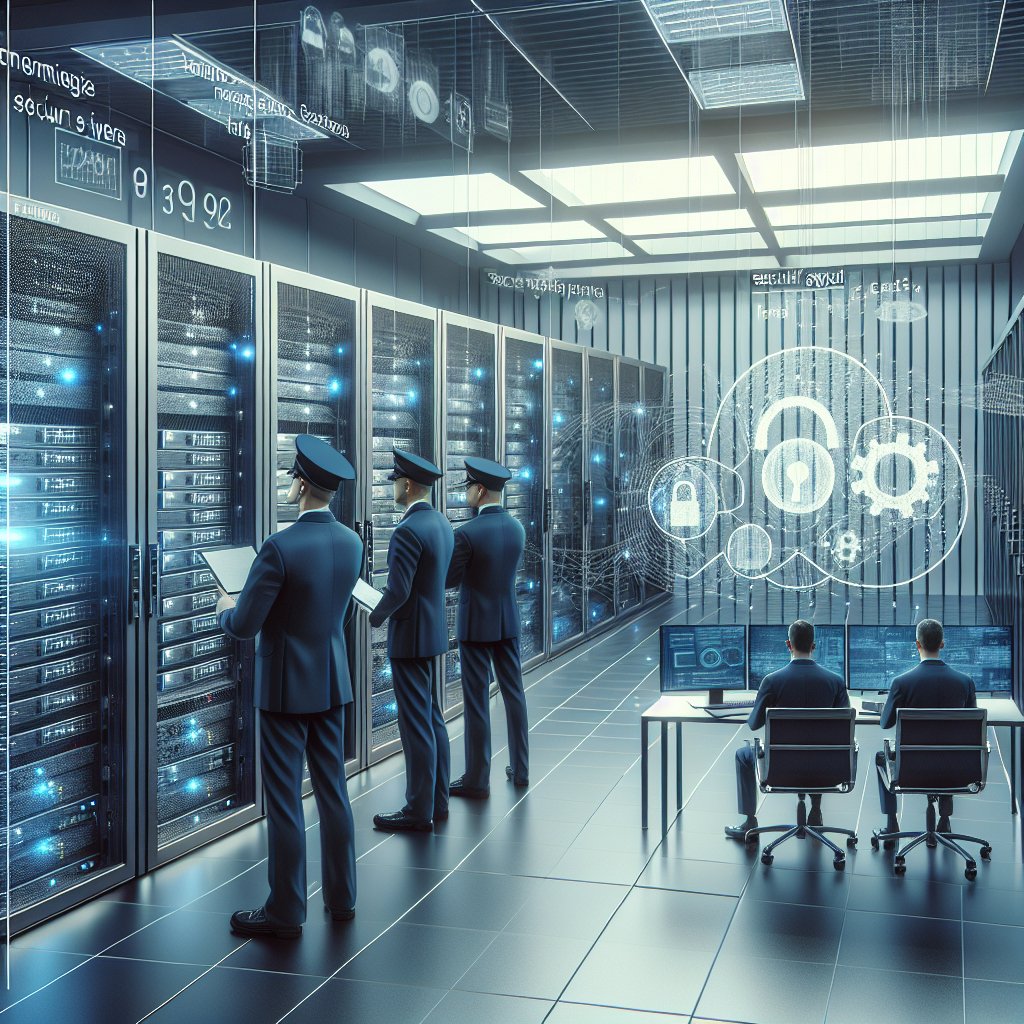Designing a secure office layout is essential for protecting both physical assets and sensitive information within a business environment. A well-thought-out office design not only enhances productivity but also mitigates risks associated with theft, unauthorized access, and data breaches. This article will explore key principles and strategies for creating a secure office layout, focusing on physical security measures, technology integration, and employee awareness.
Understanding the Importance of Office Security
Office security encompasses a range of practices and measures aimed at safeguarding a company’s assets, employees, and information. The significance of a secure office layout cannot be overstated, as it serves as the first line of defense against potential threats. A secure environment fosters trust among employees and clients, enhances productivity, and ultimately contributes to the overall success of the organization.
In recent years, the rise of remote work and flexible office arrangements has introduced new challenges in maintaining security. As businesses adapt to these changes, it becomes crucial to rethink traditional office layouts and incorporate security measures that address modern threats. This section will delve into the various aspects of office security, including the types of threats businesses face and the potential consequences of inadequate security measures.
Types of Threats to Office Security
Understanding the types of threats that can compromise office security is the first step in designing an effective layout. Common threats include:
- Physical Theft: This includes burglary, vandalism, and theft of equipment or sensitive documents.
- Unauthorized Access: Individuals gaining access to restricted areas can lead to data breaches and loss of confidential information.
- Cybersecurity Threats: While not directly related to physical layout, the design can impact the effectiveness of cybersecurity measures.
- Natural Disasters: Floods, fires, and earthquakes can pose risks to both physical assets and employee safety.
Each of these threats requires specific considerations when designing an office layout. By identifying potential vulnerabilities, businesses can implement targeted security measures to mitigate risks.
Key Principles for Designing a Secure Office Layout
Creating a secure office layout involves a combination of strategic planning, architectural design, and technology integration. The following principles can guide businesses in developing a secure environment:
1. Access Control
Access control is a fundamental aspect of office security. It involves regulating who can enter specific areas of the office and under what circumstances. Effective access control measures include:
- Key Card Systems: Implementing electronic key card systems allows for easy tracking of who enters and exits the building.
- Visitor Management: Establishing a visitor management system ensures that all guests are logged and monitored during their time in the office.
- Physical Barriers: Using locked doors, turnstiles, and security gates can help restrict access to sensitive areas.
By controlling access to various parts of the office, businesses can significantly reduce the risk of unauthorized entry and protect sensitive information.
2. Layout Design
The physical layout of the office plays a crucial role in security. Consider the following design elements:
- Open vs. Closed Spaces: While open office layouts promote collaboration, they can also increase the risk of unauthorized access to sensitive information. A balanced approach that includes both open and closed spaces can enhance security.
- Strategic Placement of Security Personnel: Positioning security personnel at key entry points and high-traffic areas can deter potential threats.
- Visibility and Sightlines: Designing the office with clear sightlines allows employees to monitor their surroundings, making it easier to identify suspicious activity.
By carefully considering the layout, businesses can create an environment that promotes both collaboration and security.
3. Technology Integration
Incorporating technology into the office design can enhance security measures significantly. Some effective technologies include:
- Surveillance Cameras: Installing CCTV cameras in strategic locations can deter criminal activity and provide valuable evidence in case of incidents.
- Alarm Systems: A robust alarm system can alert security personnel and law enforcement in the event of a breach.
- Access Control Software: Utilizing software to manage access control systems allows for real-time monitoring and reporting.
Integrating technology into the office layout not only enhances security but also streamlines operations and improves overall efficiency.
4. Employee Training and Awareness
Even the most secure office layout can be compromised if employees are not aware of security protocols. Training and awareness programs are essential for fostering a culture of security within the organization. Key components include:
- Regular Training Sessions: Conducting training sessions on security best practices ensures that employees are informed and prepared to respond to potential threats.
- Clear Communication: Establishing clear communication channels for reporting suspicious activity can empower employees to take an active role in maintaining security.
- Emergency Response Drills: Regularly conducting emergency response drills prepares employees for various scenarios, ensuring a swift and effective response in case of an incident.
By investing in employee training and awareness, businesses can create a security-conscious culture that complements the physical security measures in place.
Conclusion
Designing a secure office layout is a multifaceted process that requires careful consideration of various factors, including access control, layout design, technology integration, and employee awareness. By implementing the principles outlined in this article, businesses can create a secure environment that protects their assets, employees, and sensitive information. As the landscape of work continues to evolve, staying proactive in security measures will be essential for safeguarding the future of the organization.



